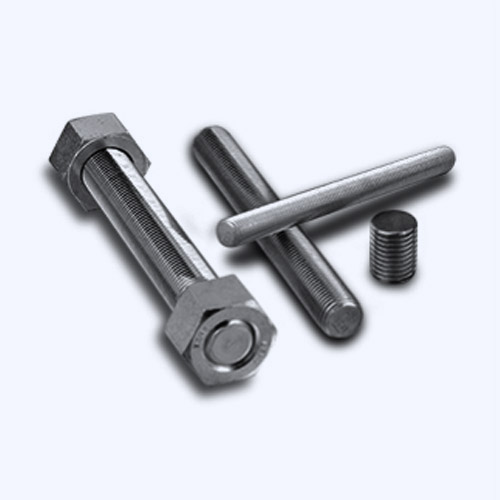Aug . 10, 2024 11:00 Back to list
Creating a Reliable Through-Bolt Design for Enhanced Structural Integrity in Engineering Applications
Understanding Throughbolts A Key Element in Structural Engineering
Throughbolts are essential fasteners used in various construction and engineering applications. Designed to provide robust connections, these bolts allow for the joining of structural elements, ensuring stability and strength in building frameworks. Understanding their design, application, and advantages is crucial for engineers, architects, and builders alike.
What is a Throughbolt?
A throughbolt is a type of bolt that passes through the thickness of two or more components, securing them together with a nut and washer on the opposite side. Unlike standard bolts that may only anchor into one side of a structure, throughbolts offer a secure and robust connection across multiple surfaces. This design is particularly advantageous when working with thick materials or when deep anchoring is required.
Applications of Throughbolts
Throughbolts are widely used in various sectors, including construction, manufacturing, and heavy machinery. In construction, they play a vital role in securing steel beams, columns, and other structural elements together. They are particularly essential in the fabrication of steel structures, where the integrity and strength of connections are paramount for safety and durability.
In other applications, such as bridge construction or industrial machinery assembly, throughbolts ensure that components can withstand significant loads and stresses. They can also be used in tension applications, making them ideal for situations where elements may shift or where dynamic loads are expected.
Advantages of Throughbolts
throughbolt

One of the key advantages of throughbolts is their strength. Because they pass entirely through the materials being joined, they provide a greater surface area for load distribution than standard bolts. This makes them less susceptible to shearing and pulling forces, which is critical in high-stress applications.
Another benefit is the ease of installation. Throughbolts can often be installed from one side, making them convenient for use in tight spaces or on tall structures. They also allow for better alignment of connecting components, which is vital for maintaining structural integrity.
Furthermore, throughbolts are versatile and can be used with a variety of materials, including wood, metal, and concrete. This flexibility enables engineers to use them in diverse applications and scenarios, adapting to specific requirements and environmental considerations.
Considerations When Using Throughbolts
While throughbolts offer several advantages, there are important considerations to keep in mind. The material thickness, bolt length, and diameter must be chosen carefully to ensure adequate strength and load-bearing capacity. Additionally, the installation process must be precise, as improper alignment can lead to weak connections and structural failures.
Corrosion resistance is another factor to consider, especially in outdoor or humid environments. Choosing the right material, such as stainless steel or applying protective coatings, can significantly enhance the longevity of throughbolts and the structures they support.
Conclusion
Throughbolts are a fundamental component in the realm of structural engineering. Their unique design and applications make them indispensable for achieving strong, reliable connections in a variety of settings. As construction practices evolve and new materials and technologies emerge, the role of throughbolts will continue to be significant in ensuring the safety and durability of structures around the world. Understanding their properties, advantages, and applications allows engineers and builders to make informed choices, ultimately leading to safer and more efficient constructions.


